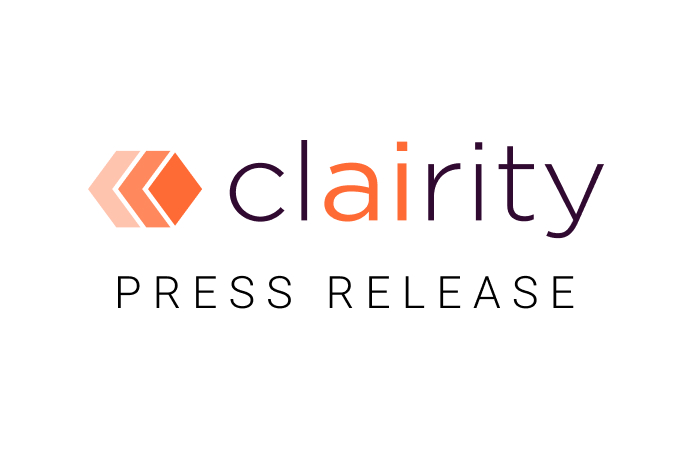
Clairity Unites Pioneers In Medicine And Technology To Redefine Predictive AI For Human Health
Clairity, developer of the first image-only AI model authorized by the U.S. Food and Drug Administration (FDA) that estimates a woman’s five-year risk of developing breast cancer from a routine mammogram, today announced the formation of a Strategic Advisory Board to support its product path and the broad rollout and adoption of Clairity’s predictive AI technologies at scale.
